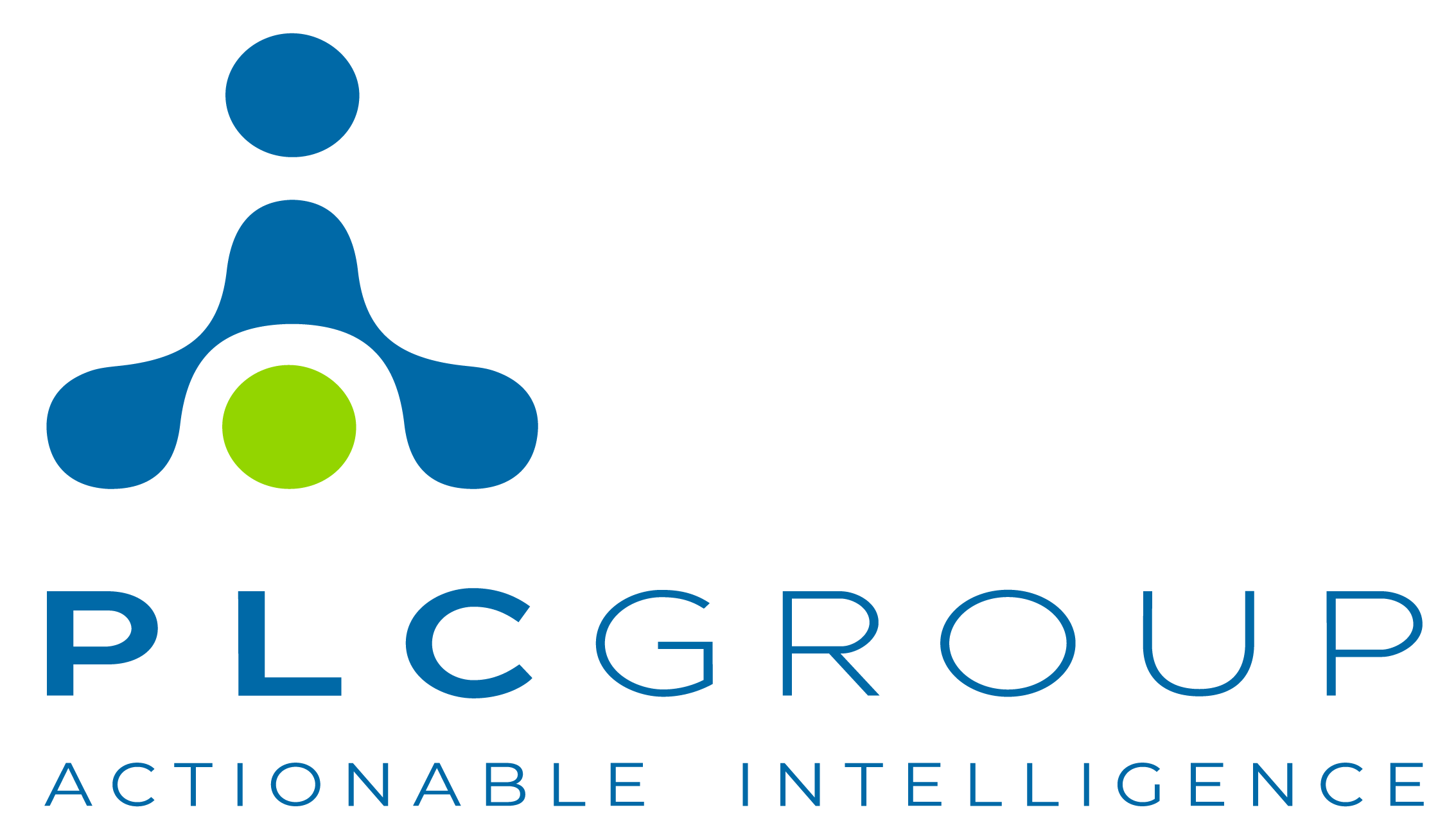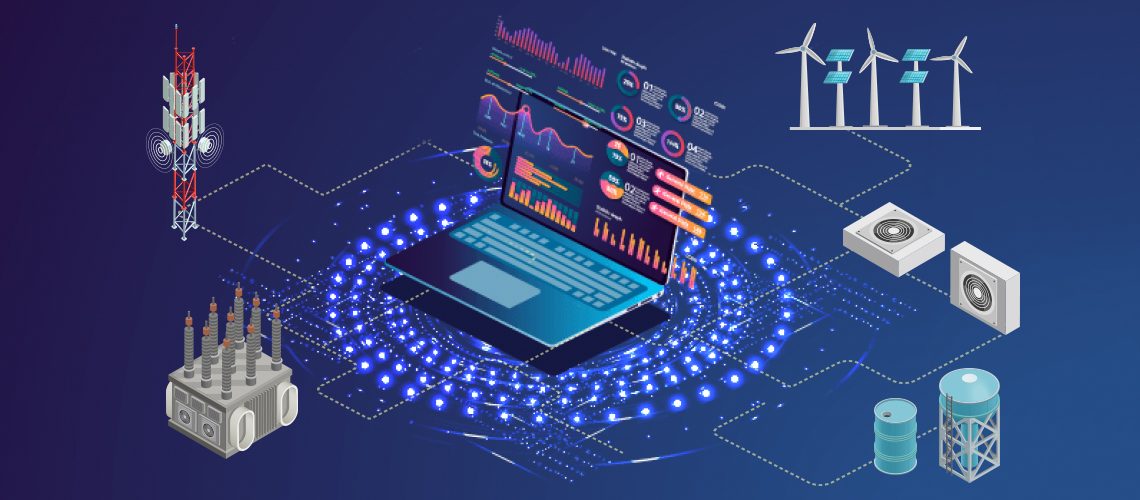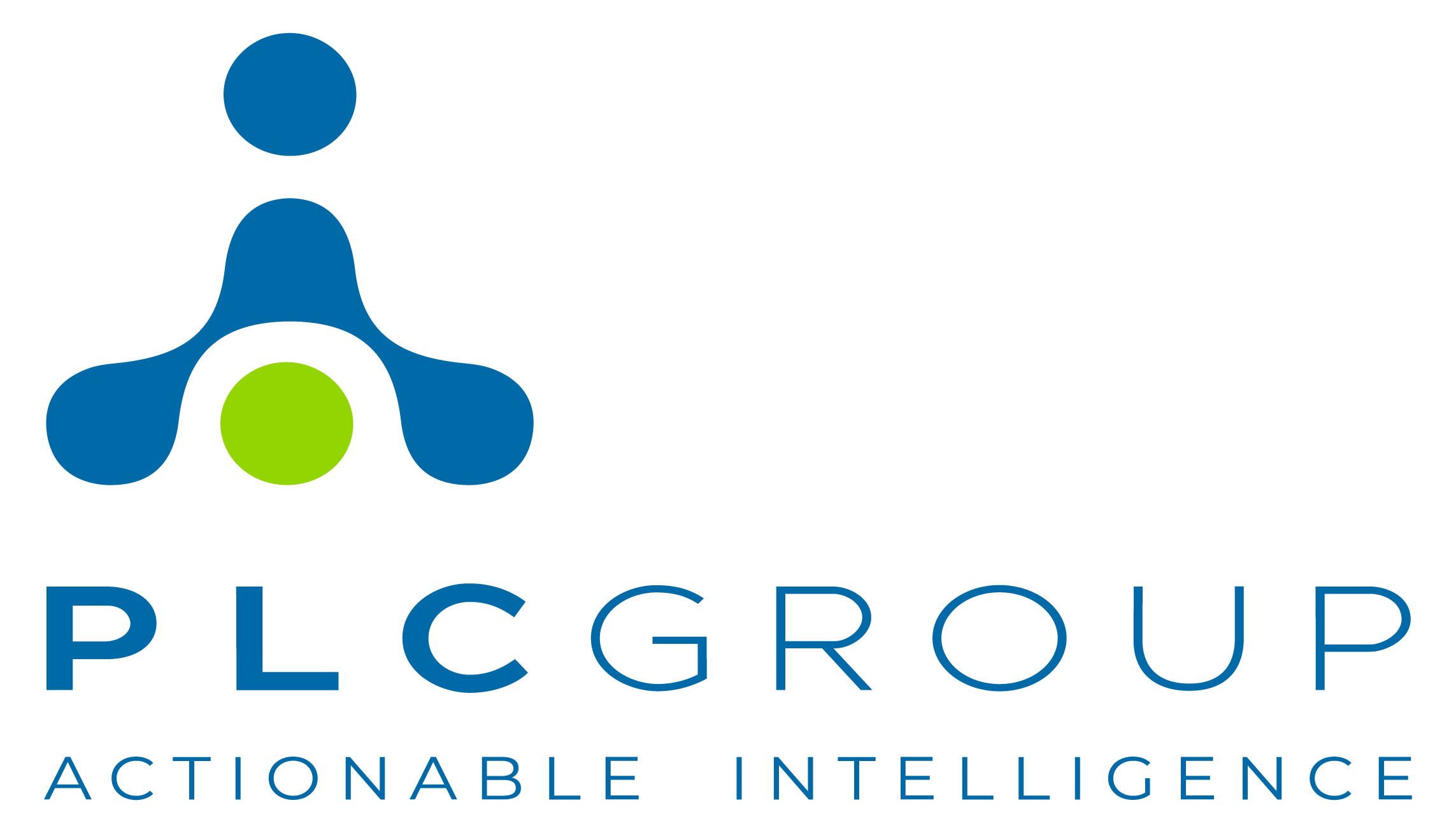Let’s imagine for a moment that you are the captain of an airplane. Sounds pretty neat, right? The only issue is that you are flying in 100% fog with zero visibility. To make matters worse, none of your instruments are working. How can you determine where you are? Where you are headed? Do you even know if you are on or off course? Is there any imminent danger? The bottom line is that you technically lost. You are flying in a vacuum with no indication of where you are or what you should be doing. This is exactly what it is like when you operate your business without Remote Monitoring and Control (RMC). You are essentially operating your company blind. RMC is invaluable in monitoring your company’s network, energy, HVAC systems, generators, tower lights, and so much more!
What is RMC?
RMC is an innovative solution that allows businesses to better understand and control how their resources are being used and identify issues such as failures, breaches, or inefficiencies from one centralized location. The importance of adopting RMC spans across many industries with the most common being:
- Telecom
- Data centers
- Tower companies
- Critical facilities
- Oil and gas companies
Commercial real estate – Why Do You Need RMC?
Unfortunately, remote monitoring and control is a vital part of a business enterprise infrastructure that often goes unnoticed. This leads to anywhere from thousands to millions of dollars in lost revenue. Every time an issue occurs with your network, power generators, tower lights, HVAC systems, etc. your CAPEX and OPEX are negatively affected.
Organizations that do not implement remote monitoring and control face substantial challenges including:
- Lack of direction – Going back to the metaphor at the very beginning, you are essentially flying blind. You do not know where you are going in your organization because you do not have a 360-degree view of where you are.
- Lack of target goals – It is impossible to make relevant and achievable goals when you are not able to visually see where your company is in terms of true expenditure (including downtime and inefficiencies) and revenue.
- Lack of accountability – If nobody is responsible for the health of the systems of your company, then no one is going to take accountability for it and check on them on a regular basis. This leads to systems that deteriorate because they are constantly overlooked.
- Lack of predictive maintenance – Routine and preventative maintenance can reduce downtime, prevent failures, and decrease the risk of costly emergency repairs. Without a system to keep an eye on these systems. You and your team are not able to schedule maintenance ahead of time.
- An inability to plan – You are unable to plan for upcoming servicing costs and upgrades if you do not have a clear picture of the status of your systems.
Keep a Competitive Edge
Precision management and complete 360-degree visibility of your company and every operating system within it is the key to edging out your competitors and staying at the forefront of your industry. Manually keeping up with systems requires a great deal of time, is inefficient, and can involve human error. However, remote monitoring and control provide real-time analyses and reports of the health of your systems, allowing your team to stay on top of potential issues and use automation to eliminate tedious and repetitive tasks. Please join us for the second part of this two-part series that focuses on RMC as a solution. Learn more about PLC Group’s cutting-edge, end-to-end remote monitoring and control solutions!
Innovation keeps businesses in the game. Contact us for more information on how to streamline your business efficiently.
#remotemonitoring #5g #telecom


